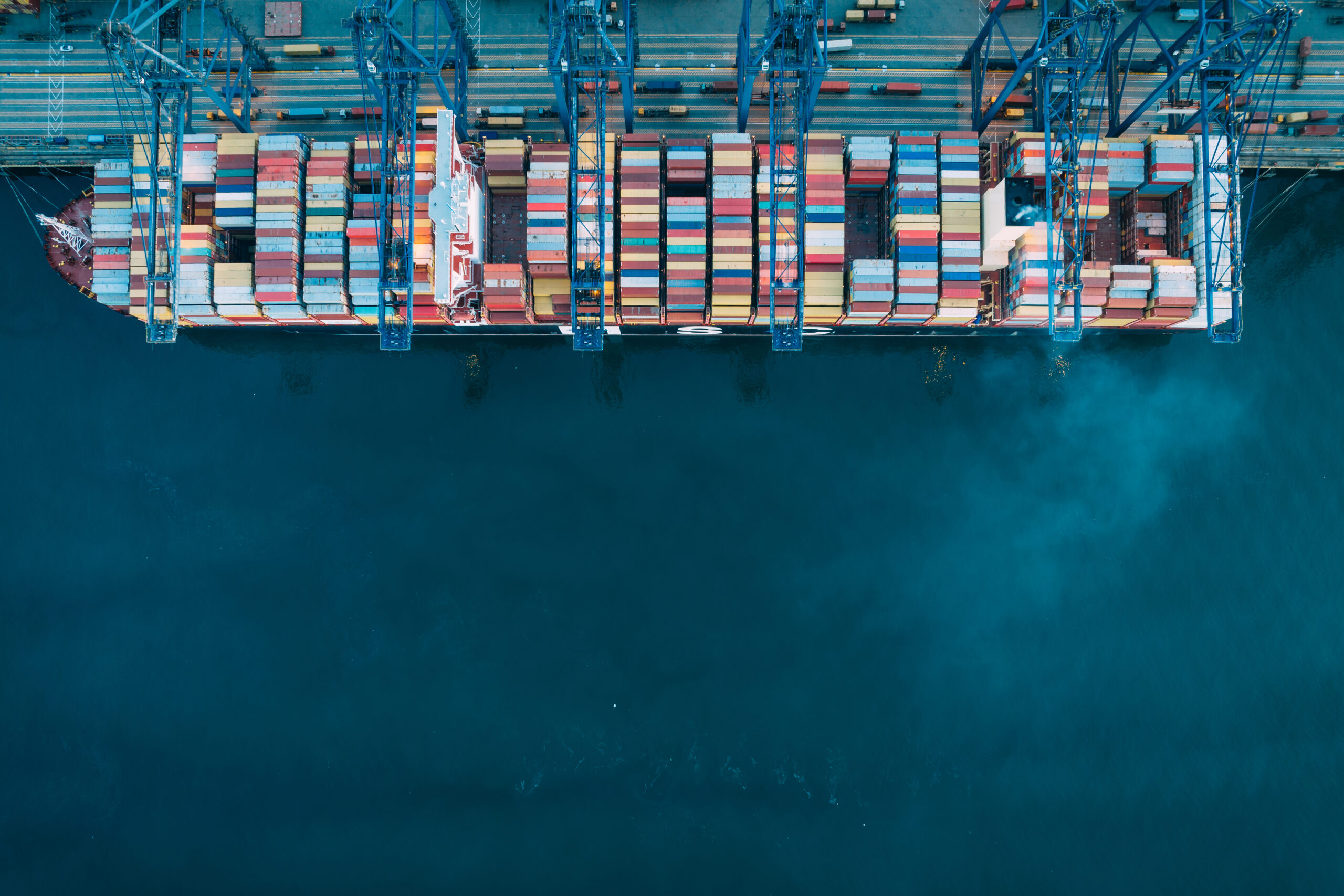Entering 2024, the global shipping industry faces a situation that harkens back to the days of 15th-century navigator Ferdinand Magellan. Eight out of ten major shipping companies and alliances have confirmed the rerouting of their vessels away from the Suez Canal, representing a significant 85% reduction in container services between the Red Sea and the Mediterranean. This massive disruption and ongoing slowdowns in other areas of the globe pose significant challenges for supply chain stakeholders.
The decision by these shipping giants to bypass the Suez Canal is akin to a return to the era when circumnavigating the globe required rounding the treacherous Cape of Good Hope and navigating the treacherous waters of Cape Horn. The limitations of these key canals, which serve as major constraint points in the modern global supply chain, are forcing us to rethink and adapt, much like the explorers of old.
Impact on the Shipping Industry
Maersk’s announcement that they will continue transiting the Suez Canal, albeit on a limited basis, hints at the immense challenges of this disruption. The anticipated rerouting of 200 vessels will undoubtedly have downstream effects. However, the situation also provides opportunities. We can expect a surge in volume for US West Coast Ports and a corresponding increase in Transpacific and Asia-Europe spot rates. Rail traffic across North America, Asia, and Europe is also poised to rise significantly.
How Freight Forwarders Can Adapt to the New Normal
In light of these challenges, it is imperative for freight forwarders, NVOCCs, and importers to manage their supply chains proactively.
Here are some key considerations:
Maintaining Port Visibility: Visibility into port operations is critical. Knowing the status of shipments and potential delays is essential for planning and risk mitigation.
Effective Quotation Management: In the face of route disruptions, managing quotes effectively is key. Our software supports instant quotation with detailed line-by-line items, displaying profit and margin. This can help forwarders and importers make informed decisions and maintain healthy margins, even in unforeseen situations.
Detention and Demurrage Risks: Anticipate detention and demurrage risks due to potential delays. Developing contingency plans and understanding the associated costs are vital.
Pick-up and Delivery Delays: Be prepared for delays in pick-up and delivery times. Efficient communication with logistics partners can help manage these challenges.
Visibility in the Supply Chain: Importers must have clear visibility into their supply chains. Knowing the availability of goods, associated costs, and expected delivery times is crucial for informed decision-making.
Navigating The Future Supply Chain Complexities
In contemplating the challenges faced by the modern shipping industry, from the Suez Canal blockage to the complexities of global logistics, we find ourselves at a juncture reminiscent of the navigational feats of explorers like Ferdinand Magellan. Yet, as we navigate these turbulent waters, it’s clear that our voyage is marked by more than just challenges—opportunities define it.
History lessons remind us that adaptability, innovation, and resilience are the keys to thriving in any era. The disruptions we encounter today are the catalysts for tomorrow’s advancements. As we move forward, we have the tools, knowledge, and technology to circumnavigate the challenges, chart new courses, and redefine the future of global trade.
We anticipate a continued convergence of traditional shipping practices with cutting-edge technology in the coming years. The maritime industry will evolve further, optimizing routes, reducing emissions, and enhancing efficiency. Supply chains will become more interconnected and adaptable, capable of withstanding unforeseen disruptions. As we leverage these advancements, we can look forward to a future where the trade of goods, much like Magellan’s era, knows no bounds.
So, while we may glimpse back at history and see echoes of the past, our trajectory must be forward. We are not returning to the days of Magellan; we are advancing into a new era of global logistics, marked by resilience, innovation, and the unyielding spirit of exploration. The horizon beckons and the future of shipping and logistics has the potential to be boundless.
Can you use a guide through the sea of logistics turmoil? We’re here to help!
Discover how GoFreight’s Comprehensive Freight Forwarding Software can support your Freight Forwarding business with visibility tracking, quotation management, and detention and demurrage risk avoidance.





